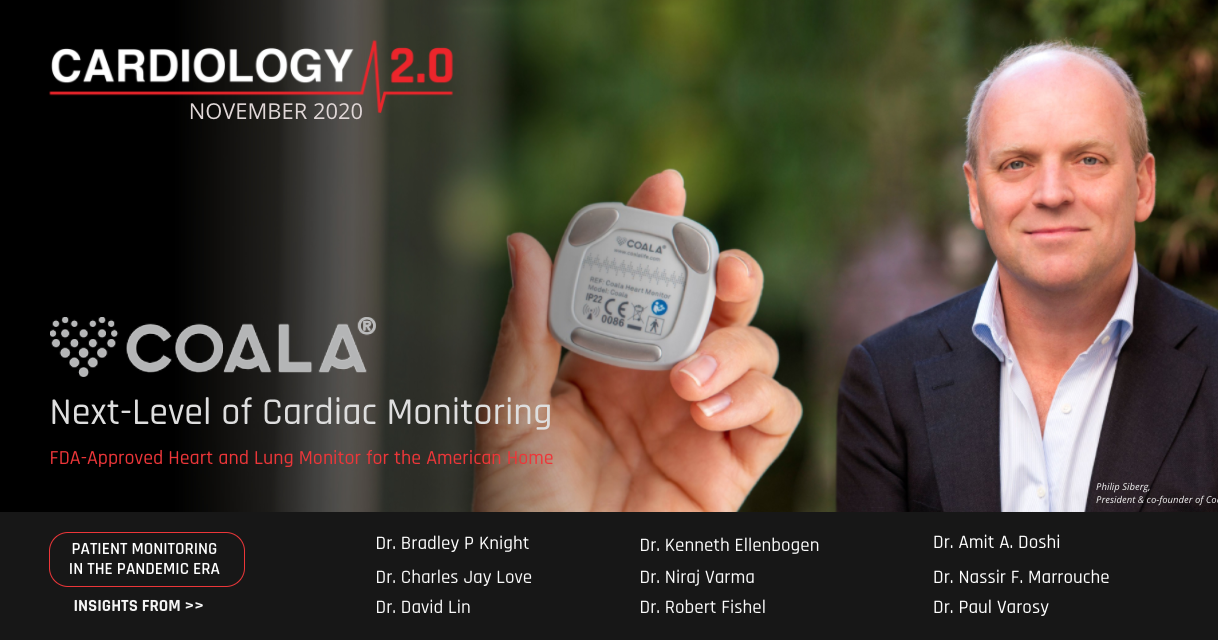
In a video-based study recently published in the Journal of Visualized Experiments (JoVE), researchers at Okayama University use stem cells to create a model of ischemic heart disease that closely replicates cardiac cells under stress.
Ischemic heart disease often leads to heart attacks and is the leading cause of death worldwide. The condition manifests when the heart muscle does not receive adequate oxygen and eventually starts giving way. Scientists rely on animal models such as rats and mice to study ischemic heart disease. However, there are pronounced differences between the rodent and human heart, creating the need for a more “humanized” model. Now, a research team led by Research Associate Professor TAKAHASHI Ken and Professor NARUSE Keiji at Okayama University has created such a model using human stem cells.
Stem cells have the unique ability to grow into any kind of specialized cell if given the right cocktail of growth factors. The team leveraged this property of stem cells and transformed them into heart muscle cells, or cardiomyocytes. To do so, human induced pluripotent stem cells (hiPSCs), a subset of stem cells, were first grown in incubators. Steadily growing hiPSCs were then differentiated into cardiomyocytes using a mix of factors promoting cardiac cell growth and subsequently incubated for 30 days. After this period, the cells were observed under a microscope to find that almost half of them had started contracting spontaneously, a property native to cardiomyocytes. Additionally, chemical assays showed that the cells were positive for cellular markers typically found within cardiac cells.
To then induce ischemic heart disease, the newly formed cardiomyocytes were grown in a medium deprived of glucose, their primary energy source. Next, nitrogen gas was gradually released into the incubators holding the cells for 24 hours, creating a hypoxic environment. When observed again, only a small number of viable cells remained which were accompanied by a conspicuous reduction in contractility. Ischemia was thus successfully simulated, closely replicating the cell death that develops in ischemic cardiac disease.
This study reports a novel and clinically relevant technique for studying ischemic cardiac disease in the laboratory. The condition was induced in cardiomyocytes derived from human stem cells mimicking patterns of damage seen in the human heart. This platform can eliminate the need for conducting complex procedures in animals and circumvent animal sacrifice. Moreover, the applications of the model in heart disease research are endless. “[This] model of ischemic heart disease, based on iPS CMs of human origin, can provide a useful platform for drug screening and further research on ischemic heart disease”, conclude the researchers.
Related video
A video showcasing the experiments conducted in this study accompanies the article. Research Associate Professor TAKAHASHI research team from Okayama University depict a play-by-play of their newly developed research protocol in this video. All steps, starting from maintenance of the hiPSCs, followed by differentiation into cardiomyocytes, and the subsequent induction of ischemia are portrayed. The team also provides insights into measuring contractility along with a glimpse into the successful simulation of ischemic heart disease within the cardiomyocytes. This video will be especially useful for researchers in the field looking to replicate this model of ischemic heart disease for drug screening, genetic screening, or other research purposes.
The video can be accessed at: https://www.jove.com/t/61104/model-ischemic-heart-disease-video-based-comparison-cardiomyocyte
Background
Ischemic heart disease – Ischemic heart disease is a fatal condition that stems from an inadequate blood supply to the heart muscles. The most common cause of ischemic heart disease is a blockage of the arteries supplying the walls of the heart due to blood clots or plaques. The cardiomyocytes then start dying due to a lack of oxygen, with patients often suffering heart attacks. Ischemic heart disease is the leading cause of mortality worldwide, and accounts for 40% of heart disease–related deaths in Japan. Thus, reliable and reproducible clinical models to study this condition are instrumental in developing prophylactic and therapeutic strategies.












